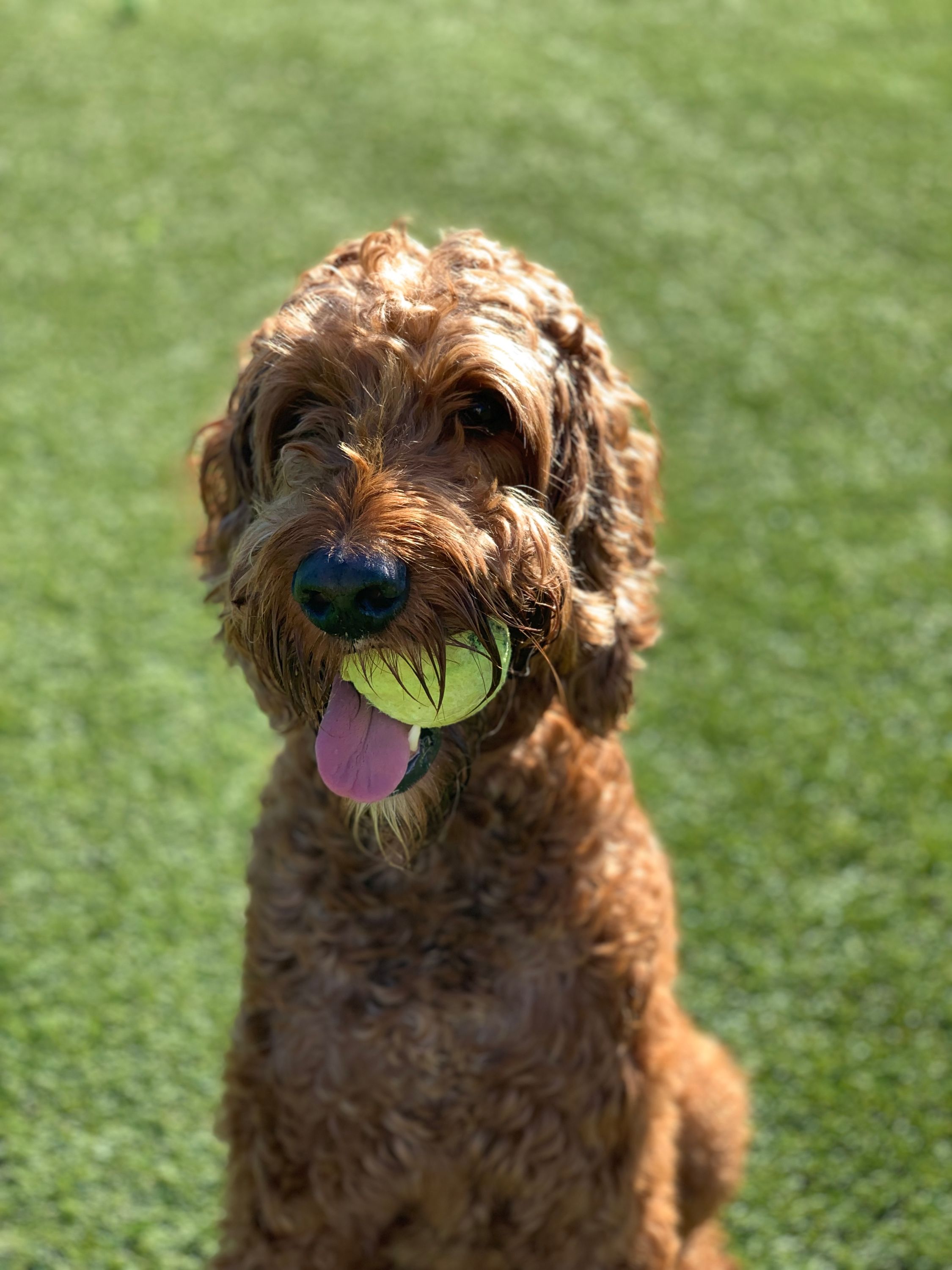 The squeaky toy. Beloved by pets everywhere, less so by their humans. My dog, generally a quiet little guy on his own, is partial to the loudest squeaky toys known to mankind. That might be a bit dramatic, but when he is squeaking his toy directly next to my face, it packs quite a punch. And he doesn’t have just one of these exceedingly loud squeaky toys, but rather baskets of toys all throughout the house, at his disposal for whenever the urge to squeak hits. During a particularly raucous evening session of tug-of-war and fetch, I opened the NIOSH sound meter app on my phone to see how loud these squeaky toys actually were. I was shocked that we were routinely exceeding 110 decibels!
The squeaky toy. Beloved by pets everywhere, less so by their humans. My dog, generally a quiet little guy on his own, is partial to the loudest squeaky toys known to mankind. That might be a bit dramatic, but when he is squeaking his toy directly next to my face, it packs quite a punch. And he doesn’t have just one of these exceedingly loud squeaky toys, but rather baskets of toys all throughout the house, at his disposal for whenever the urge to squeak hits. During a particularly raucous evening session of tug-of-war and fetch, I opened the NIOSH sound meter app on my phone to see how loud these squeaky toys actually were. I was shocked that we were routinely exceeding 110 decibels!
As we know, noise-induced hearing loss is the only completely preventable form of hearing loss. It’s important to understand the sounds that can cause damage and take steps to reduce exposure and prevent loss. There are sounds that are instantly recognizable as potentially damaging, such as fireworks or jets taking off. Other sounds like hair dryers and lawnmowers can likewise cause damage with prolonged exposure. With certain squeaky toys potentially exceeding 115 decibels, that puts their sound output on par with rock concerts and sirens, loud enough to cause damage within just 15 minutes. And if your dog gets excited while playing, they might bark along with the fun, which can also exceed 90 decibels!
Now, that’s not to say that the occasional squeaking or bark is going to result in hearing loss. However, it’s important to be aware of potentially damaging sounds and take steps to mitigate the risk while preserving the fun. One step I’ve taken is to switch out my dog’s toys to give all of us a break, swapping the loud squeakies for the moderate squeakies. Even better, going with a silent toy like a tennis ball and playing fetch in the great outdoors. It not only protects our hearing but keeps our dog more engaged as well!
Here are some signs that a sound may be too loud:
Some steps you can take to prevent noise damage:
Take steps now to protect and preserve your hearing for all the adventures to come. If you think you may be experiencing hearing loss, find a local licensed hearing professional and get your hearing checked.